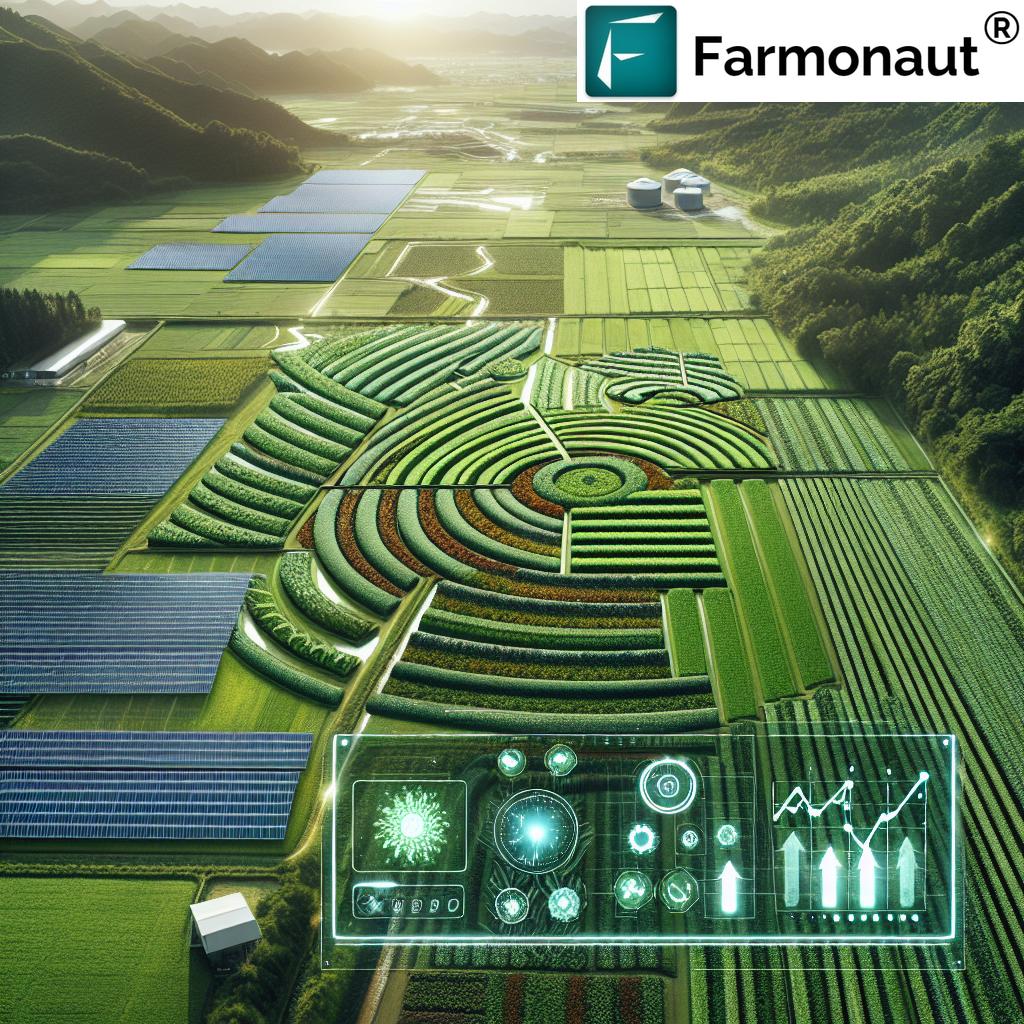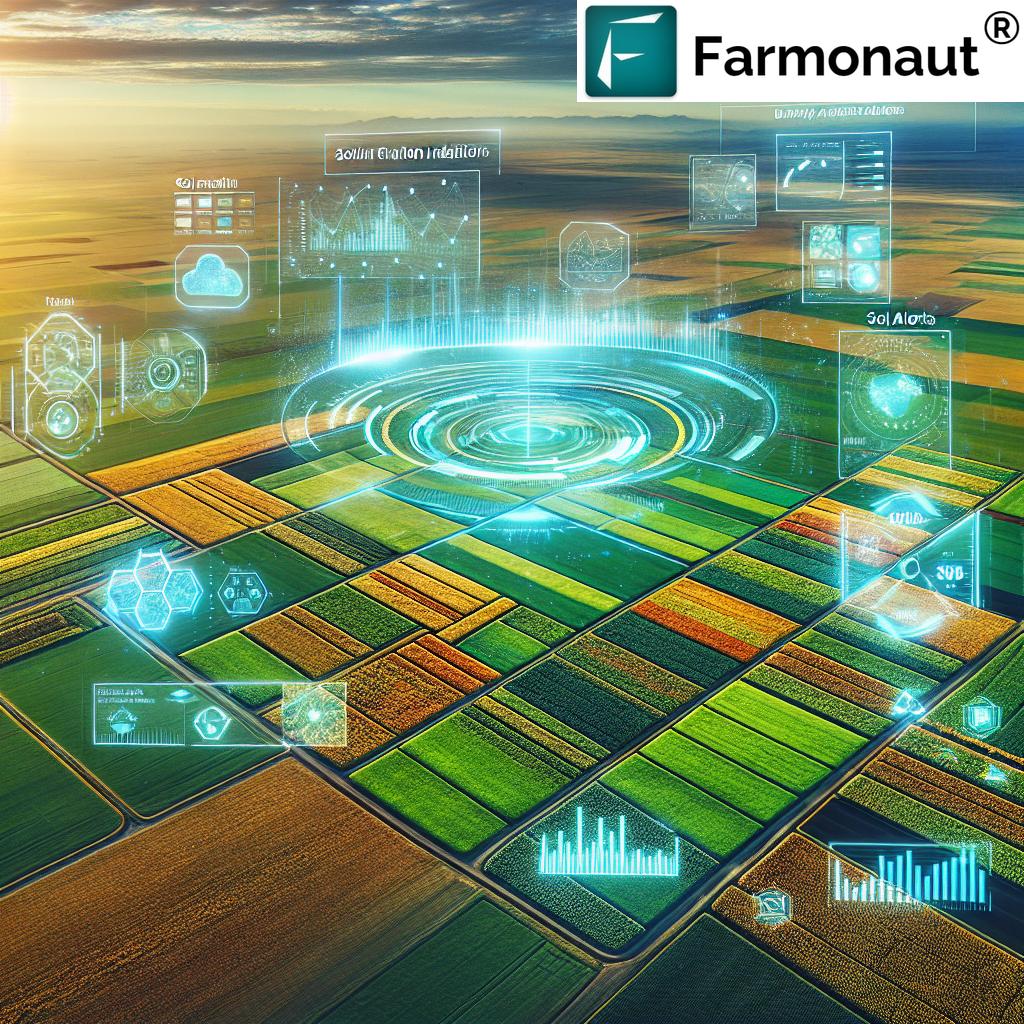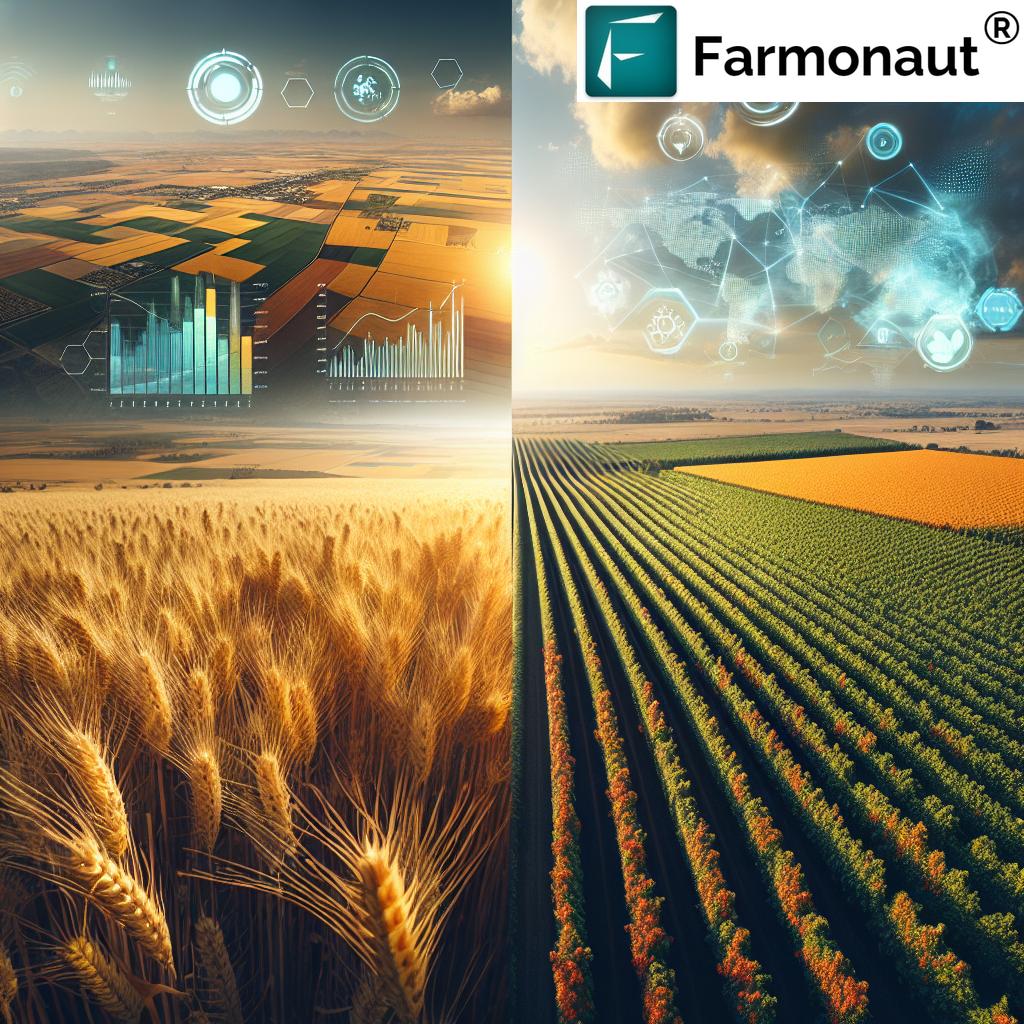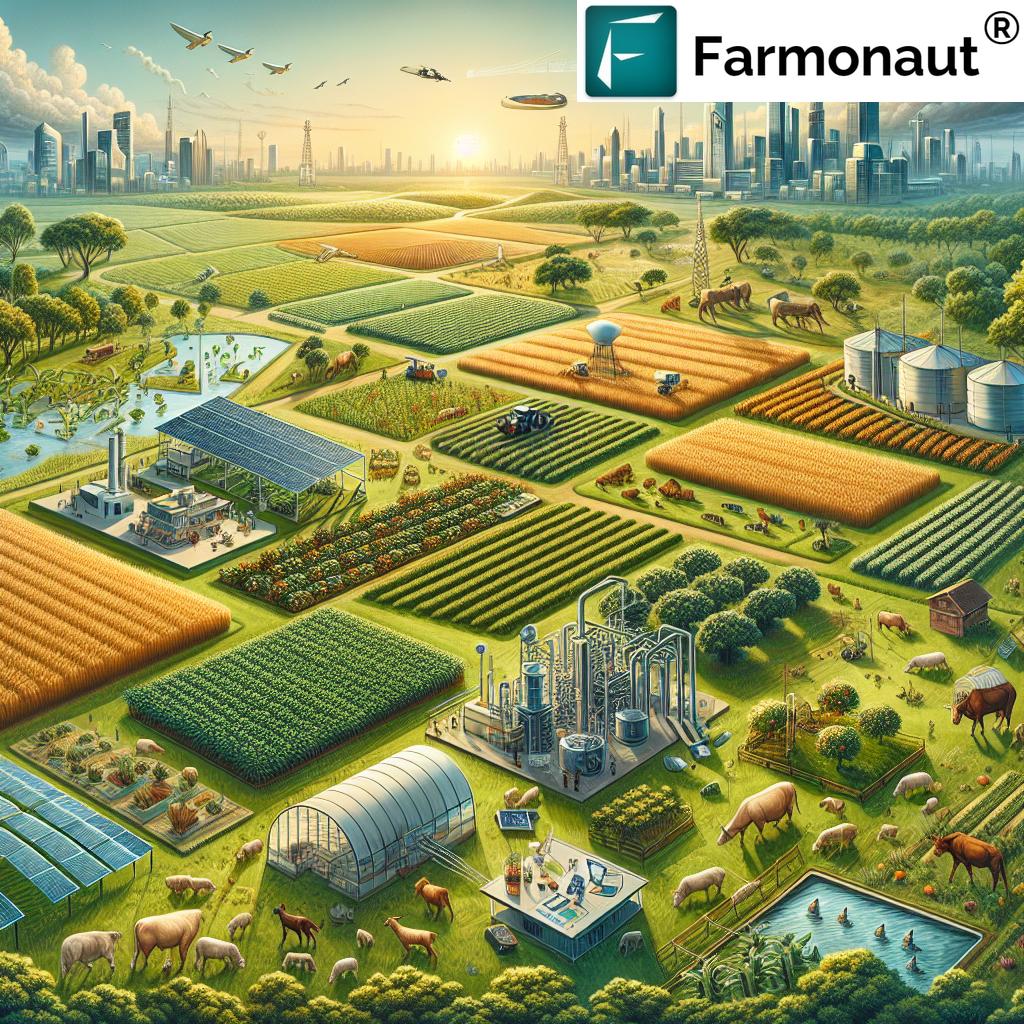Unlocking Papua New Guinea’s Golden Potential: Exploring Mineral Resources in the Western Highlands
“Papua New Guinea’s Western Highlands hosts a 253 km² concession with an inferred mineral resource of 1.81 Moz Au and 802 kt Cu.”
In the heart of Papua New Guinea’s Western Highlands, a new chapter in gold exploration and copper-gold mining is unfolding. As we delve into the latest developments in this resource-rich region, we’re witnessing a surge of excitement in the precious metals investment community. The recent successful renewal of an exploration license for a significant 253 km² concession has set the stage for what could be a game-changing discovery in the world of mineral resources.
At South Pacific Metals Corp. (SPMC), we’re thrilled to share this industry update, which not only highlights our achievements but also sheds light on the immense potential of the Western Highlands. Our focus today is on the Kili Teke Copper-Gold Project, a venture that promises to reshape the landscape of mineral exploration in Papua New Guinea.
The Kili Teke Project: A Golden Opportunity
The Kili Teke Project, encompassing Exploration License EL 2310, is more than just another mining venture. It represents a confluence of favorable geology, strategic location, and responsible exploration practices. Let’s break down the key aspects that make this project a standout in the competitive world of mineral resources:
- Impressive Resource Estimates: The project boasts an inferred mineral resource of 1.81 Moz Au and 802 kt Cu, contained within 237 Mt at 0.34% Cu, 0.24 g/t Au, and 168 ppm Mo.
- Strategic Location: Situated just 40 km west of the renowned Porgera Gold Mine and 20 km northwest of the historic Mt. Kare Project.
- Geological Setting: Located within the world-class Papuan Fold Belt, known for its rich mineral deposits.
- Extensive Previous Exploration: Benefits from approximately 36,000 m of diamond drilling, representing an estimated investment of US$20 million.
These factors combine to create a compelling case for investors and industry watchers alike. The Kili Teke Project isn’t just about the resources we’ve already identified; it’s about the potential for further discoveries and the opportunity to contribute significantly to Papua New Guinea’s mineral sector.
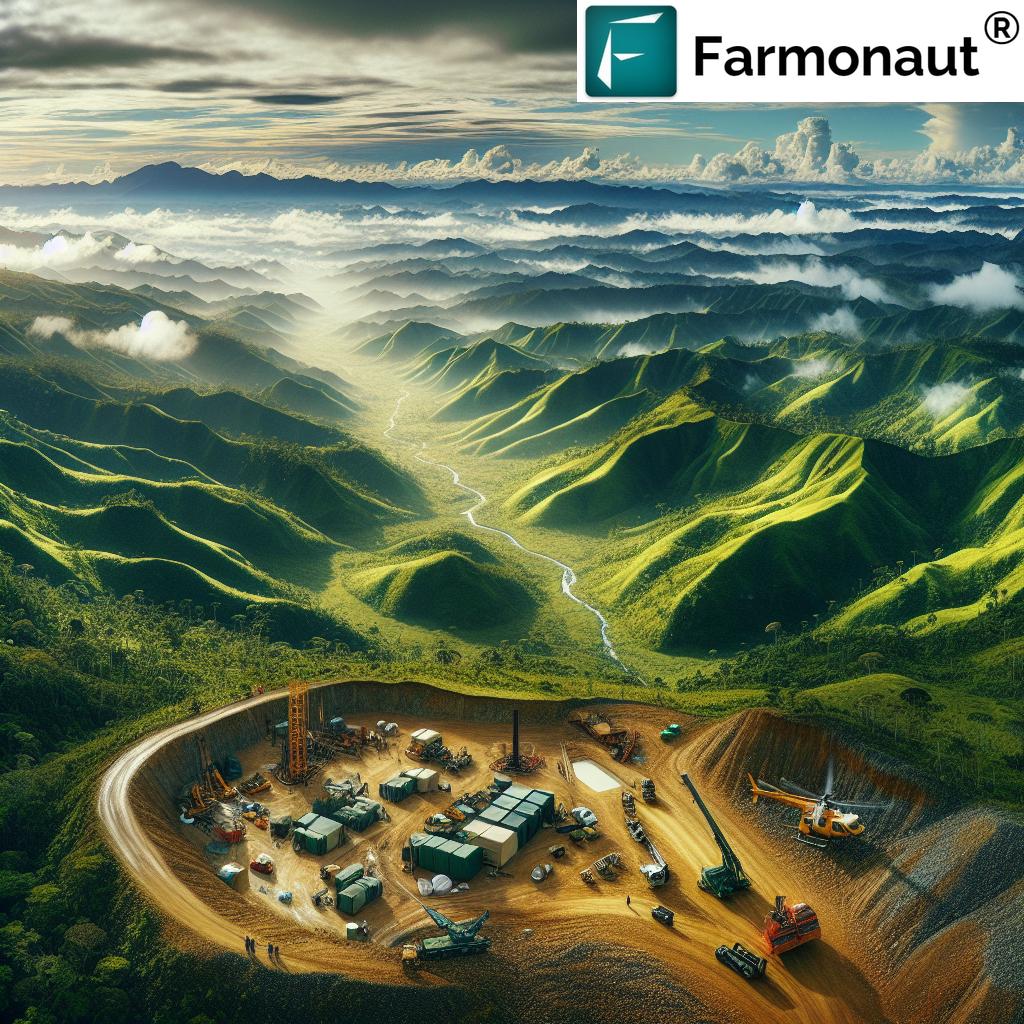
The Exploration License Renewal: A Crucial Milestone
The recent completion of the Warden’s Hearing for the renewal of Exploration License EL 2310 marks a significant milestone in our journey. This mandatory process, overseen by senior Mineral Resources Authority Mining Warden Mr. Kopi Wapa, is a testament to our commitment to responsible mineral exploration practices.
Key points of the renewal process include:
- Successful completion of the Warden’s Hearing on March 11, 2025
- Presence and support of principal landowners and community stakeholders
- Renewal term of two years, providing a solid timeframe for our exploration programs
This renewal not only secures our right to continue exploration but also reinforces the positive relationship we’ve built with local communities. It’s a clear indicator of the trust and support we’ve garnered in the region.
Unveiling New Exploration Targets
“The Papuan Fold Belt, home to major mines, offers potential for high-grade skarn and Porgera-style gold mineralization in newly identified targets.”
Our latest targeting exercise has revealed exciting new possibilities within the Kili Teke Project area. We’ve identified 10 new exploration targets proximal to the Central Porphyry, each with its unique potential:
- Ieru Porphyry: A bulk-tonnage copper-rich target that could significantly expand our resource base.
- Ridge Gold Area: Showing potential for Porgera-style gold-rich mineralization, reminiscent of the nearby world-class Porgera mine.
- High-Grade Skarn Targets: Historical drilling has returned impressive results, including intersections of 12.98% Cu, 11.75 g/t Au, and 21.07 g/t Ag over 7.8 m within a broader zone of 54 m @ 2.1% Cu, 1.82 g/t Au, 3.87 g/t Ag.
These targets represent diverse mineralization styles, each offering unique opportunities for discovery and resource expansion. The presence of high-grade skarn mineralization, in particular, is extremely encouraging, as it suggests the potential for localized, high-value deposits within the broader porphyry system.

Responsible Exploration: Our Commitment to Sustainability
At SPMC, we understand that successful mineral exploration goes hand in hand with responsible practices and community engagement. Our approach to the Kili Teke Project reflects this commitment:
- Landowner Mapping: We’re conducting comprehensive landowner mapping to ensure all stakeholders are identified and engaged.
- Community Engagement: Regular dialogue with local communities to address concerns and share project updates.
- Environmental Stewardship: Implementing best practices to minimize our environmental footprint during exploration activities.
- Safety First: Maintaining rigorous safety standards for all on-site personnel and contractors.
By prioritizing these aspects, we’re not just exploring for minerals; we’re building lasting relationships and contributing to the sustainable development of the Western Highlands region.
The Geological Context: Understanding the Papuan Fold Belt
The Kili Teke Project’s location within the Papuan Fold Belt is a crucial factor in its potential. This geological feature is renowned for hosting world-class mineral deposits, and understanding its characteristics is key to appreciating the project’s significance:
- Tectonic Setting: The Papuan Fold Belt formed as a result of complex tectonic interactions, creating ideal conditions for mineral deposition.
- Mineralization Styles: The region is known for its diverse mineralization, including porphyry copper-gold systems, epithermal gold deposits, and high-grade skarn formations.
- Proven Productivity: Home to several major mines, including Porgera, Ok Tedi, and Frieda River, demonstrating the belt’s mineral endowment.
This geological context not only supports our current resource estimates but also suggests significant potential for further discoveries as we continue our exploration efforts.
Exploration Techniques and Technologies
Our exploration strategy at Kili Teke leverages cutting-edge technologies and proven methodologies to maximize our chances of success:
- Advanced Geophysics: Utilizing state-of-the-art airborne and ground-based geophysical surveys to identify subsurface anomalies.
- Geochemical Analysis: Comprehensive soil and rock chip sampling programs to delineate mineralization trends.
- 3D Modeling: Integrating all data into sophisticated 3D geological models to guide our drilling programs.
- Drone Surveys: Employing drone technology for high-resolution mapping and environmental monitoring.
These techniques allow us to explore efficiently and effectively, minimizing our environmental impact while maximizing our chances of making significant discoveries.
The Road Ahead: Future Exploration Plans
As we look to the future, our exploration plans for the Kili Teke Project are both ambitious and methodical:
- Target Prioritization: Ranking our newly identified targets based on their potential and accessibility.
- Phased Drilling Program: Implementing a staged drilling approach, starting with the most promising targets.
- Resource Expansion: Focusing on expanding the known resource at the Central Porphyry through step-out drilling.
- New Discovery Potential: Allocating resources to test greenfield targets within the license area.
- Metallurgical Studies: Conducting detailed metallurgical work to optimize future processing options.
These plans are designed to systematically unlock the full potential of the Kili Teke Project, potentially leading to significant resource growth and new discoveries.
Investment Potential and Market Outlook
The Kili Teke Project represents a compelling investment opportunity in the precious metals sector. Several factors contribute to its attractiveness:
- Resource Size and Grade: The current inferred resource provides a solid foundation for future development.
- Exploration Upside: Multiple untested targets offer significant potential for resource expansion.
- Strategic Location: Proximity to existing mines and infrastructure enhances the project’s economic viability.
- Commodity Outlook: Strong long-term fundamentals for both gold and copper support the project’s economic potential.
As global demand for precious and base metals continues to grow, projects like Kili Teke are well-positioned to play a crucial role in meeting future supply needs.
Comparative Analysis: Kili Teke in the Regional Context
To fully appreciate the significance of the Kili Teke Project, it’s useful to compare it with other notable projects in the region:
| Project Name | Location | Concession Area (km²) | Inferred Gold Resource (Moz) | Inferred Copper Resource (kt) | Exploration Stage | Key Mineralization Types |
|---|---|---|---|---|---|---|
| Kili Teke | Western Highlands, PNG | 253 | 1.81 | 802 | Advanced Exploration | Porphyry Cu-Au, Skarn |
| Porgera | Enga Province, PNG | 2,350 | 9.4 | N/A | Operating Mine | Epithermal Au, Porphyry Au |
| Frieda River | East Sepik Province, PNG | 800 | 19.3 | 12,900 | Feasibility Stage | Porphyry Cu-Au |
| Ok Tedi | Western Province, PNG | 2,900 | 4.89 | 3,150 | Operating Mine | Porphyry Cu-Au |
This comparison highlights the significant potential of Kili Teke, especially considering its relatively early stage of exploration compared to more established projects in the region.
Environmental and Social Considerations
Responsible mineral exploration extends beyond geological and economic considerations. At SPMC, we’re committed to maintaining the highest standards of environmental stewardship and social responsibility:
- Environmental Impact Assessments: Conducting thorough assessments to understand and mitigate potential environmental impacts.
- Biodiversity Conservation: Implementing measures to protect local flora and fauna, including rare or endangered species.
- Water Management: Developing comprehensive water management plans to ensure responsible use and protection of water resources.
- Community Development Initiatives: Investing in local education, healthcare, and infrastructure to support sustainable community development.
- Cultural Heritage Preservation: Working closely with local communities to identify and protect sites of cultural significance.
These initiatives are integral to our project development strategy, ensuring that our exploration activities contribute positively to the region’s environmental and social fabric.
Technological Innovations in Mineral Exploration
The field of mineral exploration is constantly evolving, with new technologies enhancing our ability to discover and assess mineral deposits. At Kili Teke, we’re leveraging several cutting-edge innovations:
- Machine Learning Algorithms: Employing AI-driven data analysis to identify subtle patterns in geological data that might indicate mineralization.
- Hyperspectral Imaging: Using advanced spectral analysis techniques to identify mineral signatures from satellite and drone imagery.
- Portable XRF Analyzers: Utilizing handheld X-ray fluorescence devices for rapid, on-site elemental analysis of rock samples.
- IoT Sensors: Deploying networked sensors for real-time monitoring of environmental conditions and exploration activities.
These technologies not only improve the efficiency of our exploration efforts but also contribute to more environmentally friendly and cost-effective operations.
Regulatory Framework and Compliance
Operating in Papua New Guinea requires a thorough understanding of and compliance with local regulatory frameworks. Key aspects of our regulatory approach include:
- Mining Act Compliance: Adhering to all requirements of the Papua New Guinea Mining Act, which governs exploration and mining activities.
- Environmental Permits: Obtaining and maintaining necessary environmental permits from the Conservation and Environment Protection Authority (CEPA).
- Land Access Agreements: Negotiating and maintaining agreements with local landowners for exploration access.
- Reporting Requirements: Submitting regular reports to the Mineral Resources Authority on exploration activities and findings.
Our commitment to regulatory compliance ensures that our operations are transparent, legal, and aligned with national development goals.
Stakeholder Engagement and Community Relations
Building strong relationships with local communities and stakeholders is crucial for the long-term success of the Kili Teke Project. Our approach includes:
- Regular Community Meetings: Hosting open forums to discuss project developments, address concerns, and gather feedback.
- Local Employment Opportunities: Prioritizing the hiring and training of local community members for project-related roles.
- Educational Initiatives: Supporting local schools and offering scholarships to promote education in mining-related fields.
- Transparent Communication: Maintaining open channels of communication with all stakeholders, including regular project updates and site visits.
These efforts help ensure that the benefits of our exploration activities are shared with the local community, fostering a positive and supportive relationship.
Risk Assessment and Mitigation
Mineral exploration, particularly in remote areas, comes with inherent risks. At SPMC, we’ve developed comprehensive risk assessment and mitigation strategies:
- Geological Risks: Employing advanced modeling techniques to improve the accuracy of our geological interpretations.
- Operational Risks: Implementing rigorous safety protocols and providing ongoing training for all personnel.
- Financial Risks: Maintaining a robust capital management strategy to ensure adequate funding for exploration activities.
- Political and Regulatory Risks: Engaging proactively with government bodies and staying informed about potential regulatory changes.
- Environmental Risks: Conducting regular environmental impact assessments and implementing preventive measures.
By anticipating and planning for potential challenges, we aim to minimize risks and ensure the smooth progression of our exploration program.
Future Outlook and Project Timeline
Looking ahead, the Kili Teke Project has a promising future. Our projected timeline includes:
- 2025-2026: Completion of detailed geophysical surveys and initial drilling of high-priority targets.
- 2026-2027: Resource expansion drilling and preliminary economic assessment.
- 2027-2028: Feasibility studies and environmental impact assessments.
- 2028-2029: Potential project development decision, subject to favorable study results and market conditions.
This timeline is subject to various factors, including exploration results, regulatory approvals, and market conditions. However, it provides a framework for our long-term vision for the project.
Conclusion: A Golden Opportunity in Papua New Guinea
The Kili Teke Copper-Gold Project represents a significant opportunity in the world of mineral exploration. With its strategic location, impressive resource base, and multiple exploration targets, it stands as a testament to the mineral potential of Papua New Guinea’s Western Highlands.
As we continue to unlock the golden potential of this region, we remain committed to responsible exploration practices, community engagement, and environmental stewardship. The successful renewal of our exploration license marks just the beginning of what we believe will be an exciting journey of discovery and development.
For investors, industry watchers, and mining enthusiasts alike, the Kili Teke Project offers a window into the future of mineral exploration in one of the world’s most prospective regions. As we move forward, we invite you to follow our progress and be part of this exciting chapter in Papua New Guinea’s mining history.
FAQs
- Q: What makes the Kili Teke Project unique?
A: The project combines a significant inferred resource, multiple exploration targets, and a strategic location within the Papuan Fold Belt, offering diverse mineralization styles including porphyry copper-gold and high-grade skarn. - Q: How does SPMC ensure responsible exploration practices?
A: We prioritize environmental stewardship, community engagement, and adherence to regulatory requirements. This includes comprehensive environmental assessments, local stakeholder involvement, and sustainable development initiatives. - Q: What are the next steps for the Kili Teke Project?
A: Our immediate focus is on detailed geophysical surveys and drilling of high-priority targets, followed by resource expansion and economic assessments in the coming years. - Q: How does the project compare to other mining ventures in Papua New Guinea?
A: While still in the exploration phase, Kili Teke shows promising potential comparable to established mines in the region, particularly in terms of its inferred resource and exploration upside. - Q: What role does technology play in SPMC’s exploration efforts?
A: We leverage cutting-edge technologies including AI-driven data analysis, hyperspectral imaging, and IoT sensors to enhance the efficiency and effectiveness of our exploration activities.
Earn With Farmonaut: Earn 20% recurring commission with Farmonaut’s affiliate program by sharing your promo code and helping farmers save 10%. Onboard 10 Elite farmers monthly to earn a minimum of $148,000 annually—start now and grow your income!













